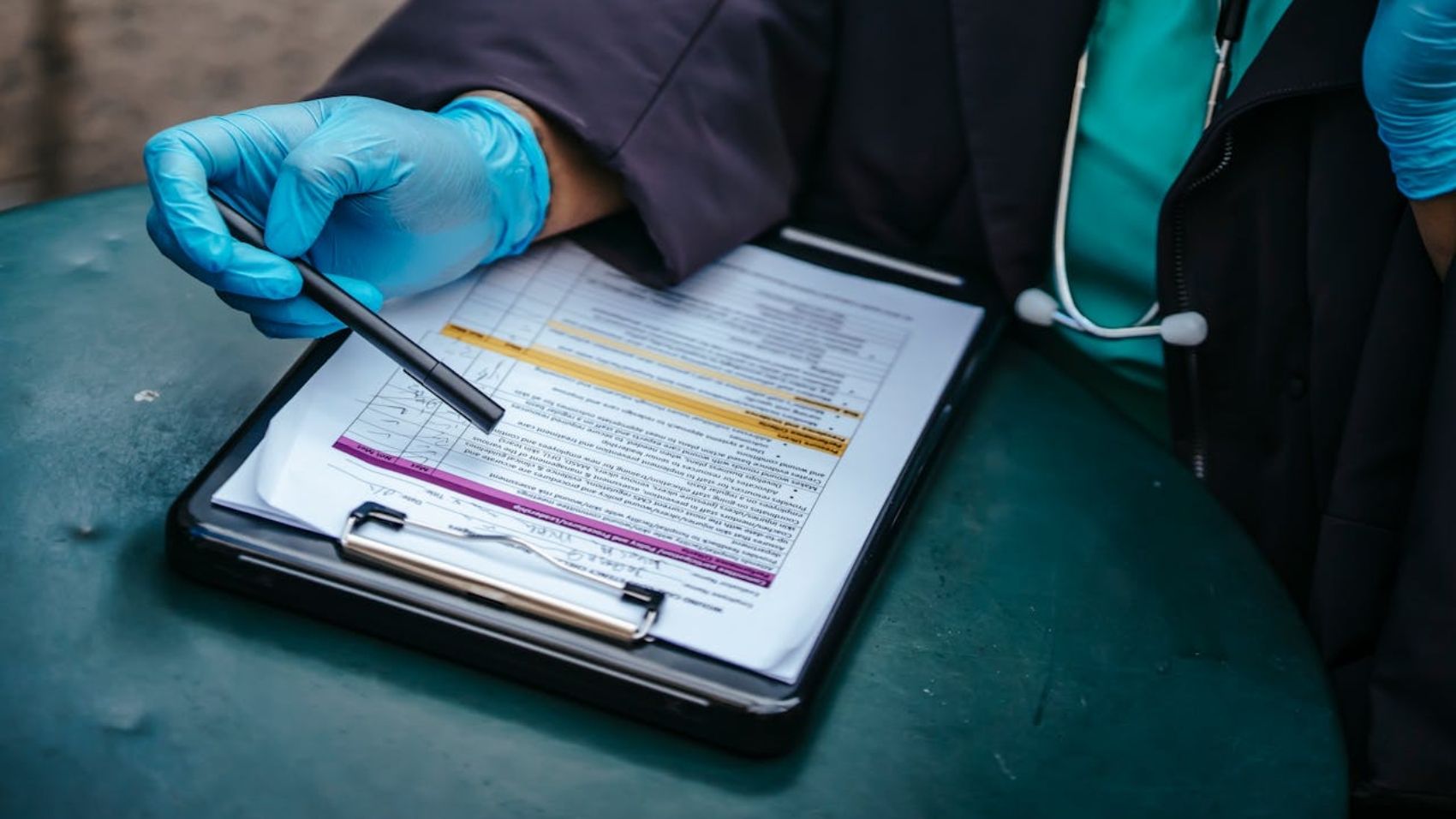What Is Disaster Triage?
Disaster triage is the process of quickly sorting and prioritizing care for large numbers of injured individuals during mass-casualty events like natural disasters, terrorist attacks, or industrial accidents. Its primary goal is to save as many lives as possible, despite limited medical resources and challenging conditions. Leveraging advanced tools like ERTriage can revolutionize this process, enabling faster and more accurate decisions in chaotic situations.
How ERTriage Enhances Disaster Triage
ERTriage introduces an AI-driven triage system that supports healthcare providers during disasters. By analyzing patient data in real time, ERTriage ensures that critical cases are identified and prioritized efficiently, even in resource-constrained environments. Its remote capabilities allow coordination across multiple sites, improving response times and outcomes.
Best Triage Systems for Disasters
- START (Simple Triage and Rapid Treatment)
This globally recognized system rapidly categorizes patients into four groups based on injury severity. With ERTriage, START protocols can be applied seamlessly, ensuring accurate classification and prioritization of patients. - JumpSTART
A pediatric-focused adaptation of START, JumpSTART is designed for disaster situations involving children. AI platform supports age-specific protocols, making it a critical tool for managing pediatric cases during emergencies. - SALT (Sort, Assess, Lifesaving Interventions, Treatment/Transport)
SALT integrates life-saving procedures into the triage process. Facilitating real-time assessments and tracking, enabling medical teams to deliver immediate interventions when necessary.
Triage Phases in Disasters
- Immediate Phase
During the initial stage, on-site assessments identify critically injured patients who need urgent care. ERTriage allows first responders to conduct remote evaluations and prioritize cases quickly, reducing time spent on manual assessments. - Transport Phase
Healthcare teams transport patients to facilities suited to their injury severity and available medical resources. Effective communication and coordination ensure hospitals are prepared to receive and treat incoming patients. - Definitive Care Phase
At this stage, patients receive advanced treatments at specialized facilities. Accurate patient records and detailed triage data ensure continuity of care and support effective treatment planning.
Major Challenges in Disaster Triage
- Resource Shortages
Disasters often overwhelm available medical supplies, staff, and transportation. ERTriage helps mitigate this by streamlining triage processes and enabling better resource allocation based on real-time data. - Unstable Environments
Rescuers frequently operate in hazardous and unpredictable conditions. A reliable digital platform that minimizes delays and reduces the need for manual interventions in dangerous settings is critical. - Communication Barriers
Disrupted communication networks and multilingual environments can complicate coordination. ERTriage’s intuitive interface and integration capabilities help overcome these barriers, facilitating seamless collaboration among responders and healthcare providers.
Conclusion: ERTriage—A Lifeline in Triage
Effective disaster triage is critical for saving lives during emergencies. By integrating AI-powered tools like ERTriage, healthcare providers can enhance accuracy, speed, and coordination, even in the most challenging scenarios. ERTriage ensures that every second counts, providing critical support for responders and improving outcomes for patients.
Visit ERTriage to explore how our technology can transform emergency care and save lives when it matters most.

